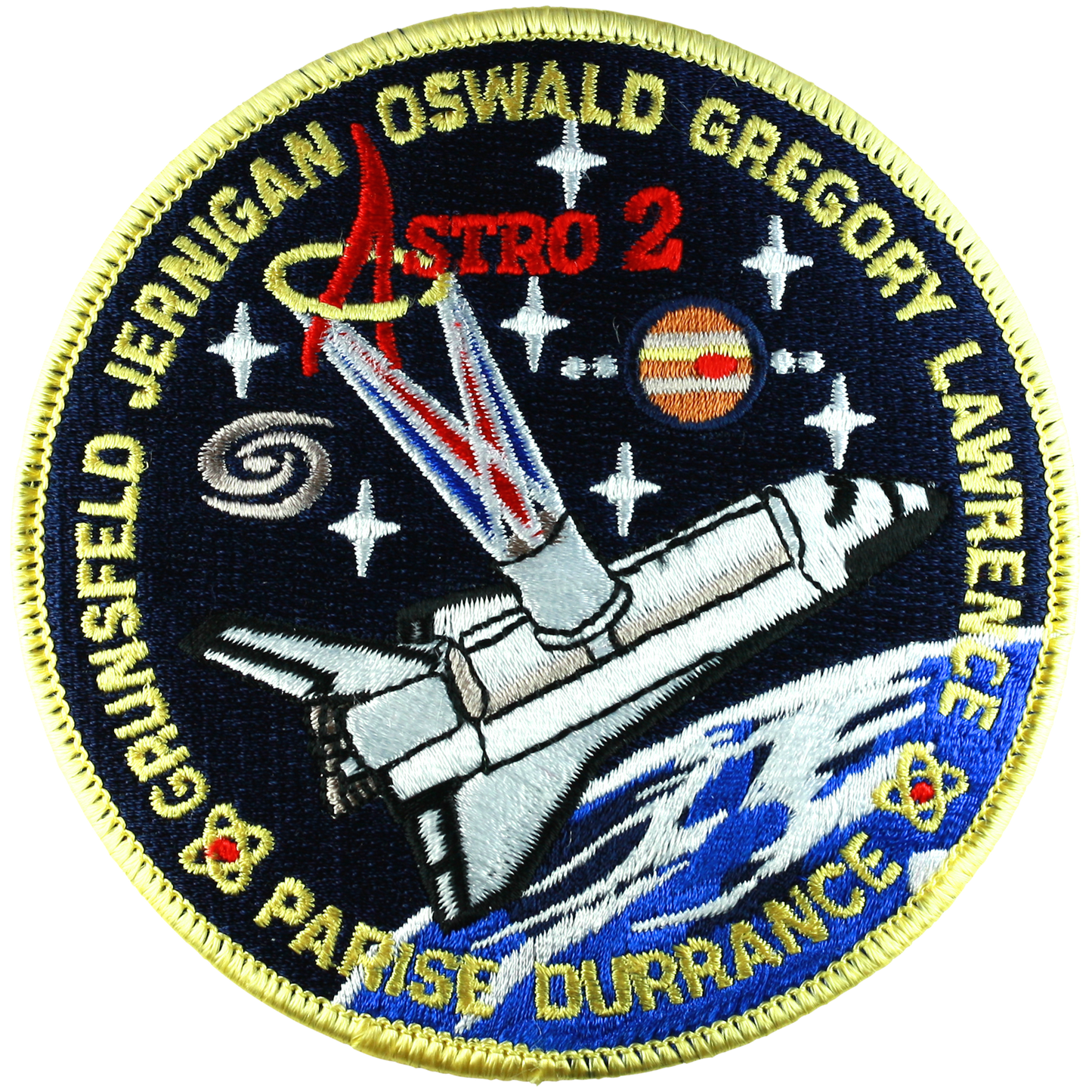STS-67
STS-67
SKU:69956
Couldn't load pickup availability
Astro-2 is the second dedicated Spacelab mission to conduct astronomical observations in the ultraviolet spectral regions. It consists of three unique instruments - the Hopkins Ultraviolet Telescope (HUT), the Ultraviolet Imaging Telescope (UIT) and the Wisconsin Ultraviolet Photo-Polarimeter Experiment (WUPPE).
These experiments will select targets from a list of over 600 and observe objects ranging from some inside the solar system to individual stars, nebulae, supernova remnants, galaxies and active extragalactic objects. This data will supplement data collected on the Astro-1 mission flown on STS-35 in December 1990 aboard Columbia.
Because most ultraviolet radiation is absorbed by Earth's atmosphere, it cannot be studied from the ground. The far and extreme ultraviolet region of the spectrum was largely unexplored before Astro-1, but knowledge of all wavelengths is essential to obtain an accurate picture of the universe. Astro-2 will have almost twice the duration of its predecessor, and a launch at a different time of year allows the telescopes to view different portions of the sky. The mission promises to fill in large gaps in astronomers' understanding of the universe and lay the foundations for more discovery in the future.
Launch Date: March 2, 1995. 1:38:34 am EST Launch Vehicle: Endeavor Crew: Commander: Steven S. Oswald, Pilot: William G. Gregory, Mission Specialists: John M. Grunsfeld, Wendy B. Lawrence, Tamera E. Jernigan, Samuel T. Durrance, Ronald Parise
Share

